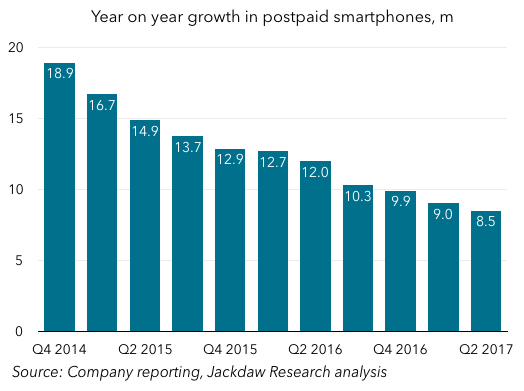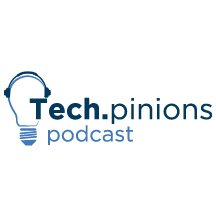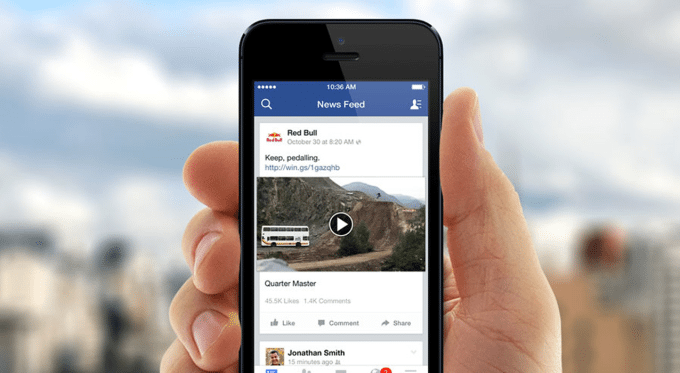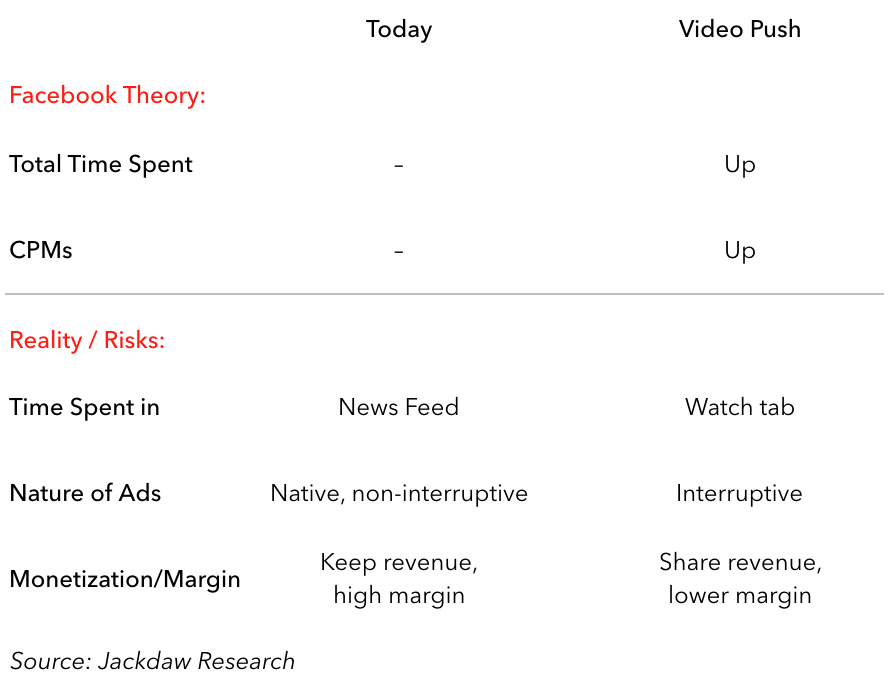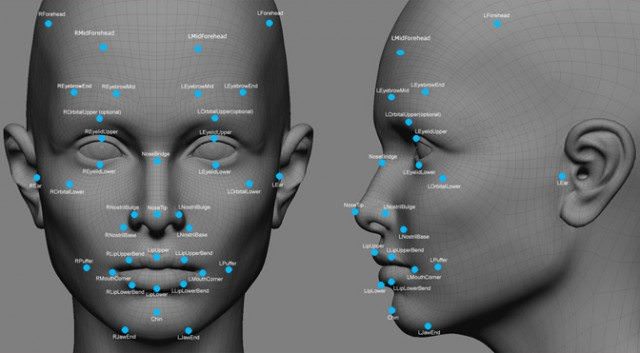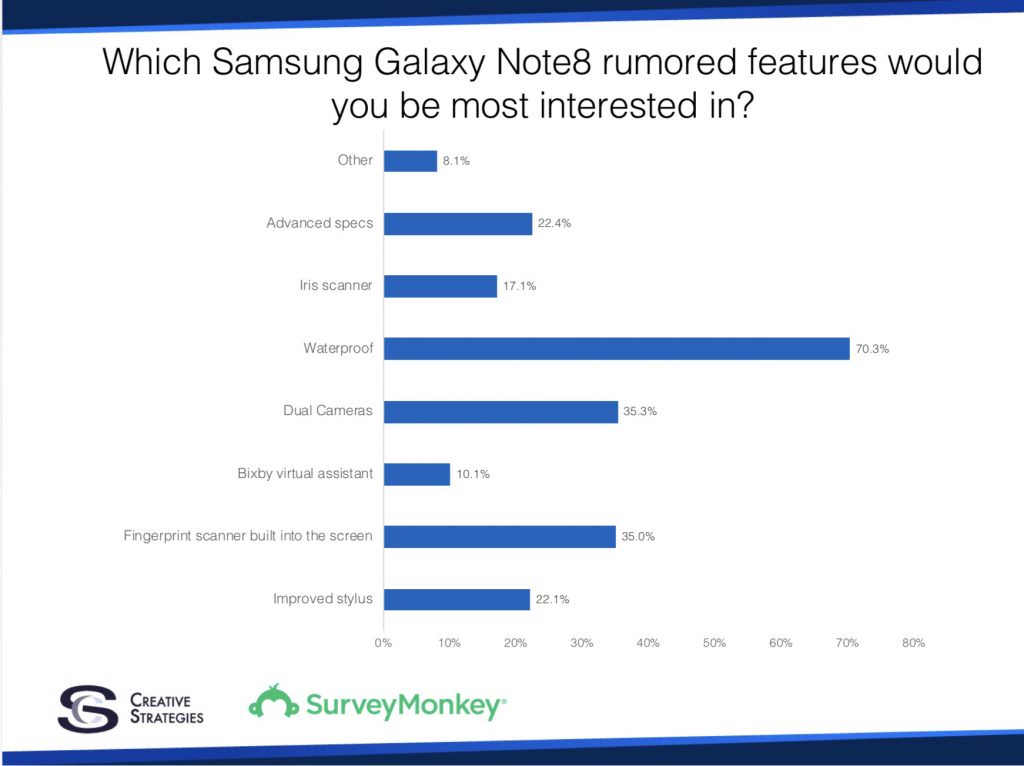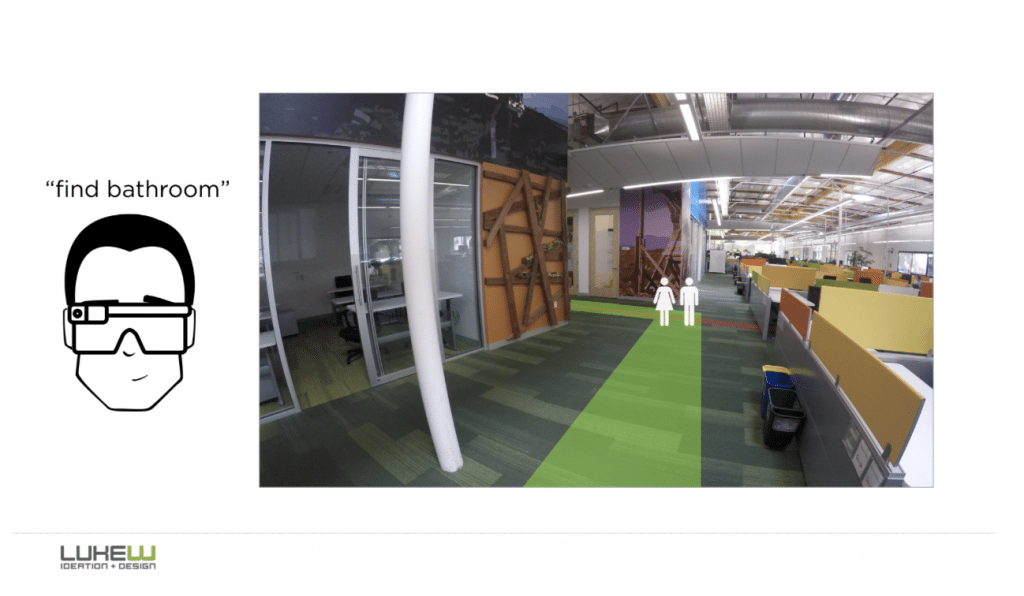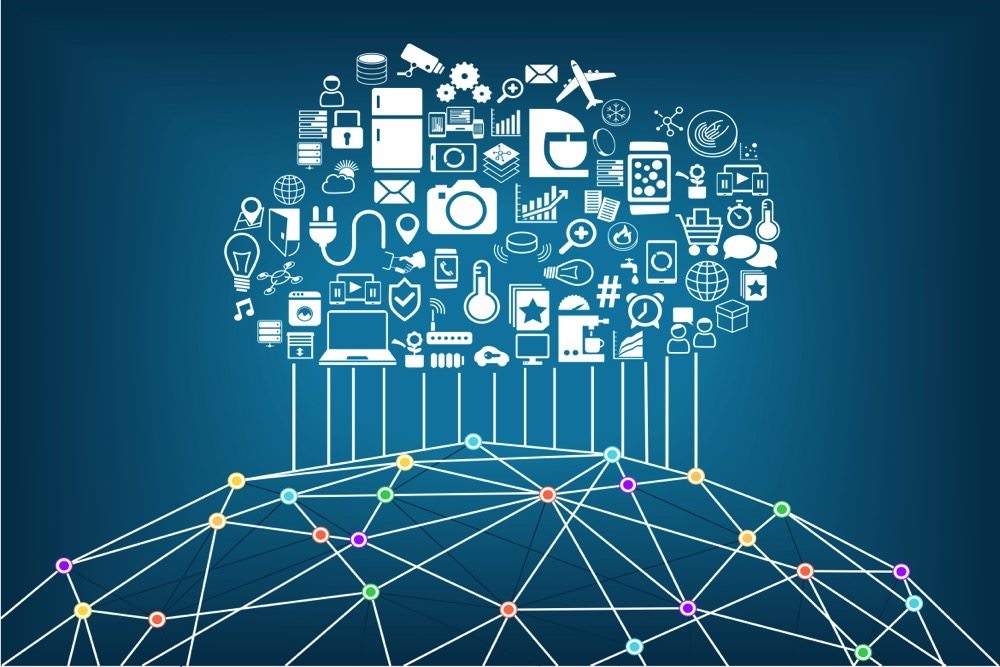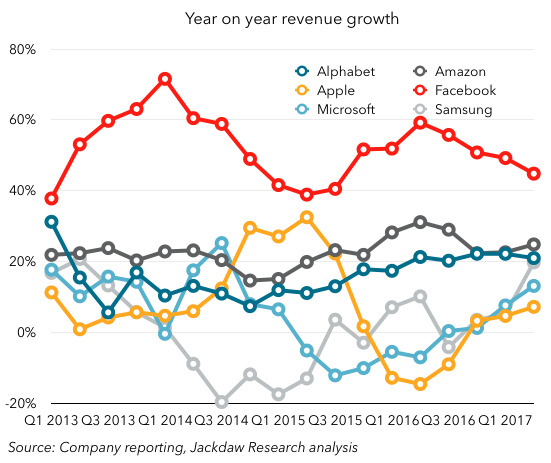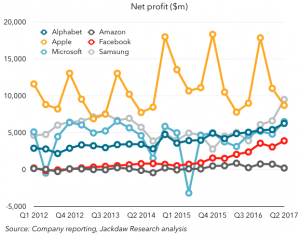The high-end of the consumer market, often paralleled with the idea of prosumers and enthusiasts, if often overlooked as a segment with little import on the overall sales and profitability of technology companies. Though unit sales in this window are smaller than either the mobile or mainstream consumer space, the ASPs (average selling prices) skew high, resulting in much better profit margins than in lower segments. Not only do companies that successfully address the needs of the prosumer and enthusiast enjoy the ability to sell at lower financial risk, but there are also fringe benefits of being the market share and mindshare leader in these spaces.
The “halo effect” is one in which a flagship product that dominates headlines and performance metrics in the enthusiast markets sees benefits waterfall down into the more modestly priced hardware. Samsung softens a beneficiary of this idea, selling the Note and S-series of smartphones at high prices that convince those with smaller budgets to buy similar looking and feeling Samsung products once they enter the store. Influencers that do buy into the flagship product series will tout the superior benefits of these products to friends, family, and social groups. This gives confidence to system integrators, corporate buyers, and other consumers that the product they CAN afford will be similarly excellent.
In the PC field, prosumer and high-end segments will frequently reuse technology from workstation or data center class products. This saves on development time and costs, adding more to the profit margin of the already inflated segment.
For these reasons and more, it has been a weight around AMD’s ankle that it has not been competitive in either high-end desktop GPUs (graphics processors) or high-end desktop CPUs (central processors) for years. On the graphics front, the last high-end desktop (HEDT) product released was the Radeon Fury X, in June of 2015. Even at the time of launch, the product was moderately successful, bringing attention to AMD and the Radeon brand, but also difficulties in product reviews and quality control. In the span of the next 3-4 months, NVIDIA and its GeForce product family had completely retaken the leadership position with the never-challenged GTX 980 Ti product. Then in May of 2016, NVIDIA increased its leadership position with another GTX family launch. This happened again in March of 2017 when it thought AMD might be on the verge of releasing a competitive solution. It never showed.
The newly released Radeon RX Vega product line brings AMD back into the high-end prosumer and enthusiast picture, offering competitive pricing and performance against the NVIDIA lineup. It utilizes the same graphics architecture found in the workstation family Radeon Pro cards and the enterprise-class high-performance compute Instinct family. Though there are early reports of stock and availability problems that AMD is working through in the coming days, RX Vega gives AMD an opportunity to take back some amount of market in this influential space. The profit margin of RX Vega is questionable, with known cost concerns around the graphics processor and chosen memory solution.
In the CPU space, AMD has never been in the HEDT segment that was created by Intel in 2008. In fact, AMD has been absent from the majority of competitive processor segments for more than a decade, depending on the integrated graphics portion of its designs to keep it afloat in trying times. With the release of Ryzen 7 in March of 2017, AMD started making waves once again. August sees the launch of the new Threadripper family, a high-performance processor that directly targets content creators, developers, engineers, and enthusiasts. Prices on these parts range from $799 to $999 and because of heavy repurposing of server design, chip organization, and infrastructure will likely have exceedingly high-profit margins.
Threadripper doesn’t just make AMD competitive in a space that has previously been 100% dominated by Intel; it puts it in a leadership position that is turning heads. Performance in workloads for video creation, 3D rendering, ray tracing, and more are running better on the 16-core implementation that AMD offers compared to the 10-core designs that Intel is presently limited to.
While there are no guarantees of market share improvements or profitability, every unit sold of RX Vega, and Ryzen Threadripper mean improvements for AMD over Intel and NVIDIA. Intel product managers and executives, already awoken from slumber with Ryzen 7 in March have perked up, seeing the threat of mindshare, if nothing else. The company is wary of threats to its perceived dominance and will react with lower prices and higher performance options this year.
RX Vega is in a tougher spot, unable to come out as a clear winner in the field, even for a short while. NVIDIA has been sitting on a growing armory of designs and product, waiting to see how the competition would shake out to measure the need to release it. For now, NVIDIA doesn’t appear to be overly concerned about the impact Vega will have in the high-end consumer spaces.
No product portfolio is perfect, but the CEO Lisa Su and the executive team at AMD must be pleased with the recent shift in the company’s perception in the flagship markets for consumers. The Radeon group can finally point to RX Vega as being a reasonable option against all but the top-most GeForce offerings and managing to gain a performance to dollar advantage in part of it. For the processor division, Threadripper is a marvelous use of existing technology to address a market that has nothing but room to grow. The marketing and partnership opportunities have and continue to flow for AMD here, and Intel will be spinning for a bit to regain its footing.
There are significant hurdles ahead (continued graphics innovation, competing in the mobile processor space) but AMD is surging upward.


